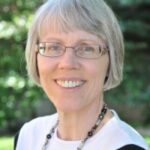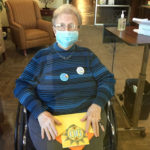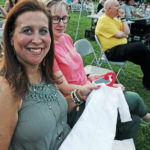By Barb Arland-Fye
The Catholic Messenger
DAVENPORT — Pamela Lightsey spent 21 days with “boots on the ground” in Ferguson, Mo., in August 2014. She was in the thick of the protests that followed the shooting death of Michael Brown, an unarmed black teen, by then-police officer Darren Wilson, who is white.
Lightsey, associate dean of Community Life and Lifelong Learning at Boston University’s School of Theology, shared insights about racism during her keynote address May 12 at the 18th annual Social Justice Conference at St. Ambrose University in Davenport. She showed video clips of the Ferguson-related protests and counter-protests. She wanted her mostly white audience to view different narratives of the protests from the viewpoint of black people and white people.
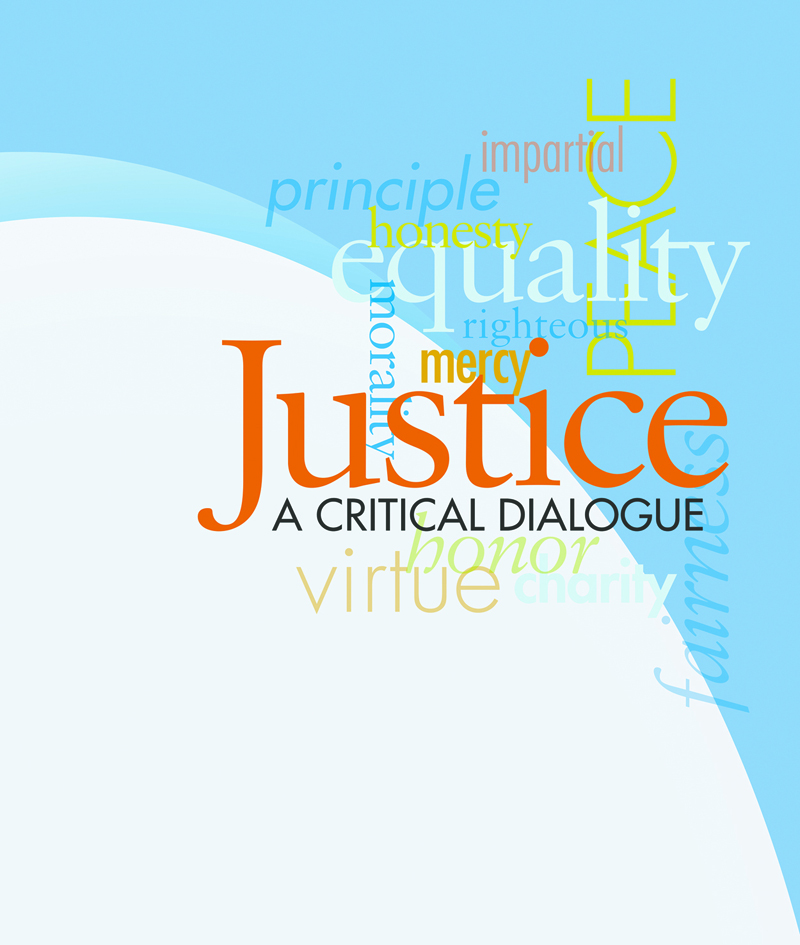 For black people participating in the protests, the issues focused on social injustice and racism brewing beneath the surface in Ferguson and surrounding communities for years. When one of the protests got overheated, a woman’s voice is heard scolding the crowd against arguing with police officers. She reminded them that they were protesting for a greater cause — justice — and not for themselves.
For black people participating in the protests, the issues focused on social injustice and racism brewing beneath the surface in Ferguson and surrounding communities for years. When one of the protests got overheated, a woman’s voice is heard scolding the crowd against arguing with police officers. She reminded them that they were protesting for a greater cause — justice — and not for themselves.
In a clip from a counter-protest in St. Louis, a white woman speaks calmly about supporting police officers and the “rule of the law.” “That’s what whites said over and over again,” Lightsey observed. “It’s easy to talk about the rule of the law when you benefit from it.”
People following media reports weren’t aware of the underlying injustices that provoked the protests, some of which are outlined in the ArchCity Defenders: Municipal Courts White Paper, Lightsey noted. The ArchCity Defenders represent the indigent of the St. Louis area in criminal and civil legal matters. Their study focused on how their clients were treated in the municipal courts and revealed discriminatory practices.
“Poor minorities,” the study noted, “are pulled-over more frequently, they are let go without a ticket less frequently, and they are in all likelihood the only group to see the inside of a jail cell for minor ordinance violations. Matters are worsened by those involved in municipal government choosing to close courts to the public and allowing the incarceration of people for the failure to pay fines. These policies push the poor further into poverty, prevent the homeless from accessing the housing, treatment, and jobs they so desperately need to regain stability in their lives, and violate the Constitution.” (http://tinyurl.com /jcayrzc).
Examples of institutional, systemic and structural racism are plentiful, Lightsey told the audience. A conference participant asked “If there’s no impact (on society as a whole), is it racism?” Lightsey responded with a question, “In what instance would racism have no impact? Can you think of one?”
Another questioner asked about the existence of black racism, to which Lightsey responded: “Racism is discriminating against an entire group of people with the power to negatively impact their lives. It’s institutional. There’s no black racism because black people in America don’t own or control major institutions of power in America.”
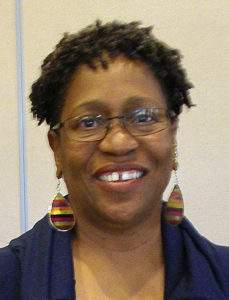
She showed videos of black civil rights leader Adam Clayton Powell whose methodology for nonviolent protest was used by the far-better known Martin Luther King Jr. Powell was a Baptist preacher who became a U.S. senator. But he likely was overshadowed because he thumbed his nose at Congress and had a drinking problem, Lightsey observed.
Nonviolent direct action is the approach that the Black Lives Matter movement takes, and understanding that approach can help people to better understand the movement, Lightsey said. The four elements of the nonviolent direct action process:
1: Collection of facts. (Determine the facts and see if injustice has taken place.)
2: Negotiation.
3: Self-purification. (Can you endure what will be beset on your body?) The motivation for self-purification has to be for the good of the oppressed community.
4: Direct action. (Boycotts, protests, disruption, die-ins.)
Those in society who argue that “All lives matter,” simply seek to make invisible the oppression of black people,” she said. The goals of Black Lives Matter can be found on the Campaign Zero website. These are wonderful goals that all people should aspire to achieve, she said.
One audience member asked what she, as a white woman, can do about systemic racism. “I don’t feel I have the power to do anything about it,” she said.
Lightsey’s advice: work against stereotypes. Speak truth to statements made against people of color. Have the courage to speak out, especially to family members who make racist remarks. Look at the bigger picture. When you talk about gun violence for example, ask the question: How does the gun get into the black community? Who is providing the guns? Why are we not looking at that? Examine the structures that feed into criminal activity, such as lack of education, hunger and poverty and homelessness, Lightsey said.









